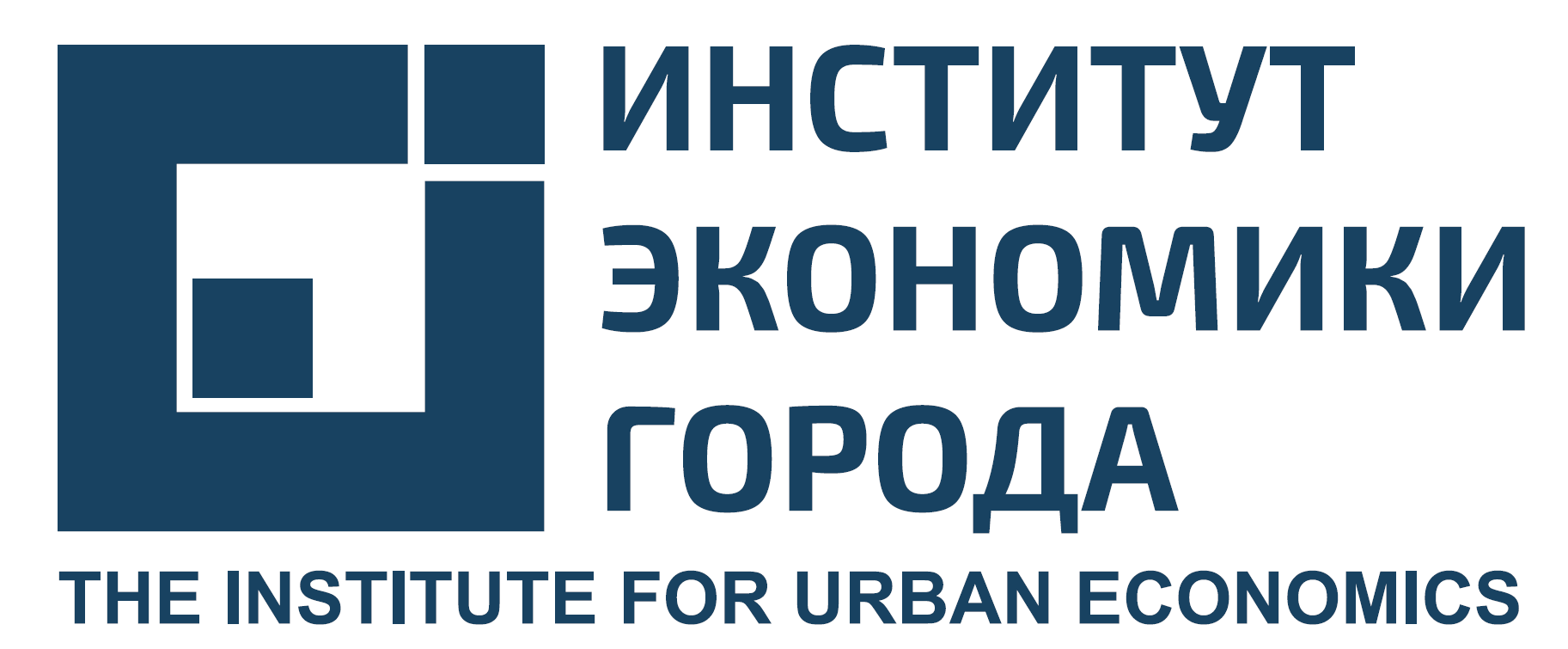We are a faculty about the city and for the city.
The Faculty of Urban and Regional Development integrates a wide range of HSE University competences in the fields of economics, sociology, law, management, etc., related to urban development and management. We view urbanism as a universal reference frame uniting multiple interpretations of the city based on the complex study of the urban lifestyle phenomenon, critical revision of current professional practices, urban planning approaches and decision-making technologies.
Departments
- Vysokovsky Graduate School of Urbanism
- Shukhov Lab
- Institute for Transport Economics and Transport Policy Studies
- Institute of Regional Studies and Urban Planning
- Urban Studies and Practices Journal
- Laboratory of Urban Sociology
- Research Laboratory for Multi-Sensory Experience in Urban Environment
- Culture Research Institute
Education
- Bachelor’s programme in Urban Planning
- Master’s programme in Urban Development and Spatial Planning
- Master’s programme in Prototyping Future Cities
- Master’s programme in Transport Planning
Professional Development Programme
- Re-School
- Geoinformation Methods of Urban Data Analysis
Projects
- Forum of Urban and Regional Development in Perm 2019
- International Conference ‘Urban Renewal Policy: Balancing between Housing Affordability and Urban Sustainability’
- Erasmus+ Project ‘European Housing Policy’
News


Publications
-
Book
-
Article
Local Factors of COVID-19 Severity in Russian Urban Areas
The COVID-19 pandemic has demonstrated that the lack of consideration of the local specifics of territories—the specifics of socioeconomic interactions, characteristics of the labor market—when developing measures to respond to epidemiological threats leads to serious social or economic consequences. The creation of a typology of municipalities (in this study of urban okrugs) makes it possible to more accurately select measures to regulate socioeconomic interactions in the event of future complications of the epidemiological situation. Clustering of municipalities according to a set of local factors that significantly explain the severity of the pandemic in its first year made it possible to identify three types of urban okrugs, differing both in population size and intensity of socioeconomic interactions: these are key service centers with a high intensity of interactions, local centers with medium intensity of interactions, and small cities with low intensity of interactions.
Regional Research of Russia. 2024. Vol. 14. No. 2. P. 227-239.
-
Book chapter
Studies of the properties and structure of mineral wool energy-efficient products /Scientific research of the SCO countries: synergy and integration
In the modern world, increased energy efficiency and reduction of energy intensity are especially important in the construction industry, which largely determines the development of production as a whole. Reduction of energy intensity can be achieved through the use of efficient thermal insulation materials and products based on them and, in particular, mineral fiber products: based on glass or rock wool. The properties of these products are significantly influenced by the type and method of introduction of binder, and one of the ways to reduce the energy intensity of their production is to reduce the temperature of heat treatment of these products. The purpose of the research presented in this scientific paper is to analyze the existing types and methods of introduction of binders, aimed at reducing the energy intensity of the manufacture of products based on stone wool. As a result, a digital model linking the strength of cured contact with varying factors is obtained and a nomogram for solving the forward and inverse problem of digital modeling is developed, as well as optimal intervals of values of the most significant factors are determined: binder consumption 3.75%; content of latent component in the range from 3.6 to 4.0% of the binder mass at the temperature of heat treatment 120-140 o C.
In bk.: International Conference “Scientific research of the SCO countries: synergy and integration”. Bk. Studies of the properties and structure of mineral wool energy-efficient products /Scientific research of the SCO countries: synergy and integration. Beijing: Scientific publishing house Infinity, 2024. P. 152-157.
-
Working paper
EXPLORING ASSOCIATIONS BETWEEN PARKING OCCUPANCY RATE AT RESIDENTIAL ESTATES AND SPATIAL CHARACTERISTICS. THE CASE OF YEKATERINBURG
Financial losses due to low demand for parking spaces in garages at residential estates is a key motivation for this research. The purpose of this paper in particular is to statistically explore the relationship between parking occupancy rates and various factors on transport supply, characteristics of location and the building. The occupancy rate of parking was measured as the ratio of actual number of cars to total number of parking spaces. The fieldwork on counting occupied parking spaces was conducted 2 times per day during a week on a sample of 13 locations in different areas of a 1.4-million Yekaterinburg city in Russia. 4700 observed parking spaces give sample size of 173 records. Statistical analysis shows that the crow-fly distance to the city center as well as the number of public transport stops are strongly associated with occupancy rate for parking. Also, occupancy rate is much more affected by the type of parking ownership. Private owning means purchase of a parking space or renting it while public ownership suggests free access. So private parking means a 45% decline in occupancy compared to the public parking regime. Research provides empirical results and some theoretical underpinnings are also highlighted.Urban and Transportation Studies. URB. НИУ ВШЭ, 2020. No. 9.
Partners
Contacts
Study Office: +7 (495) 772-95-90 ext. 12604
PR Office: +7 (495) 772-95-90 ext. 12150
Email: city@hse.ru
VK TG










